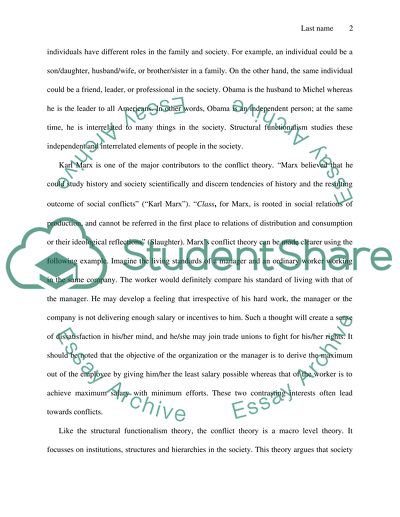Cite this document
(“Similarities and Differences between Structural Functionalisms, Essay”, n.d.)
Retrieved from https://studentshare.org/sociology/1479463-similarities-and-differences-between-structural-functionalisms-conflict-theory-and-symbolic-interactionism
Retrieved from https://studentshare.org/sociology/1479463-similarities-and-differences-between-structural-functionalisms-conflict-theory-and-symbolic-interactionism
(Similarities and Differences Between Structural Functionalisms, Essay)
https://studentshare.org/sociology/1479463-similarities-and-differences-between-structural-functionalisms-conflict-theory-and-symbolic-interactionism.
https://studentshare.org/sociology/1479463-similarities-and-differences-between-structural-functionalisms-conflict-theory-and-symbolic-interactionism.
“Similarities and Differences Between Structural Functionalisms, Essay”, n.d. https://studentshare.org/sociology/1479463-similarities-and-differences-between-structural-functionalisms-conflict-theory-and-symbolic-interactionism.


